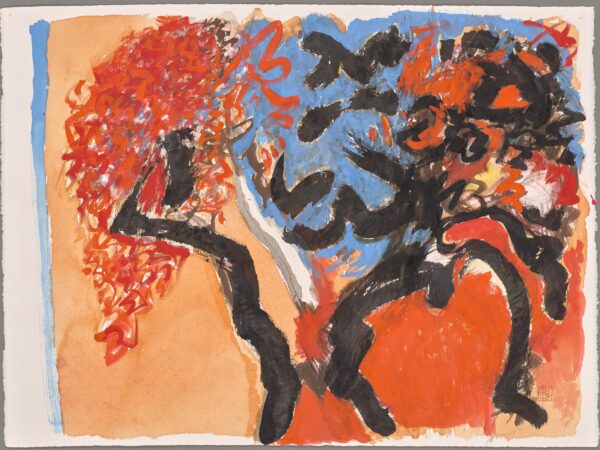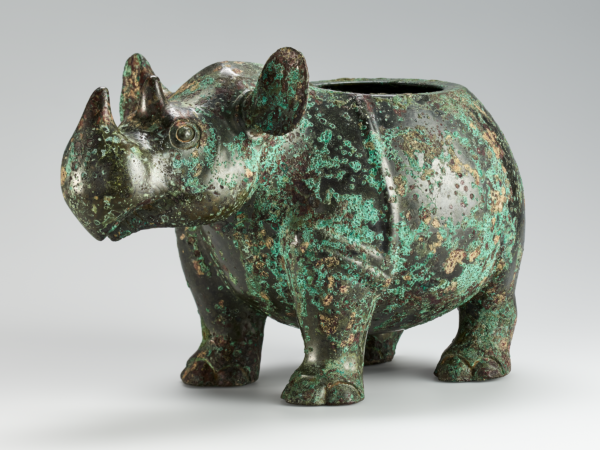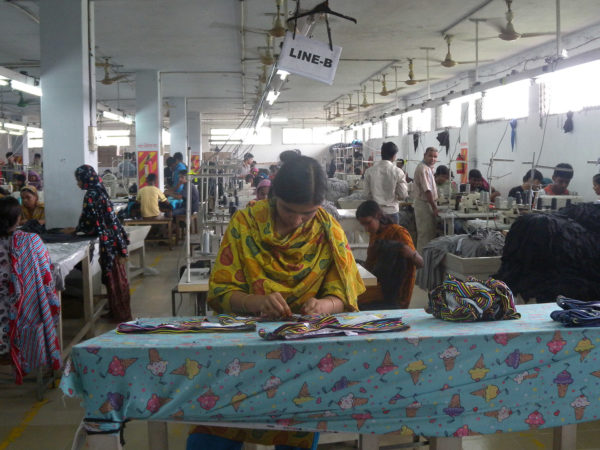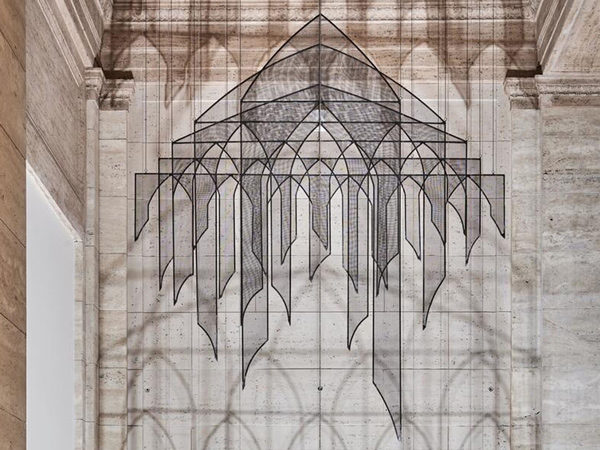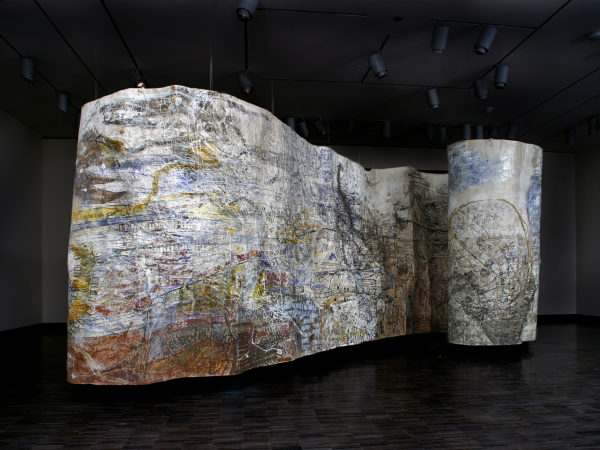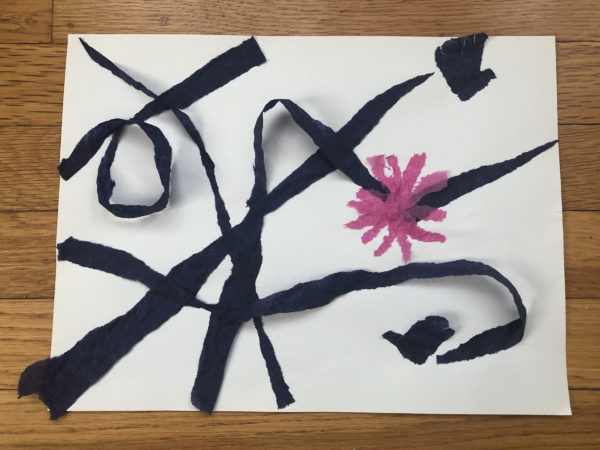Activity
An Introduction to Chinese Calligraphy
In China, painting and writing developed hand in hand, sharing the same tools and techniques.
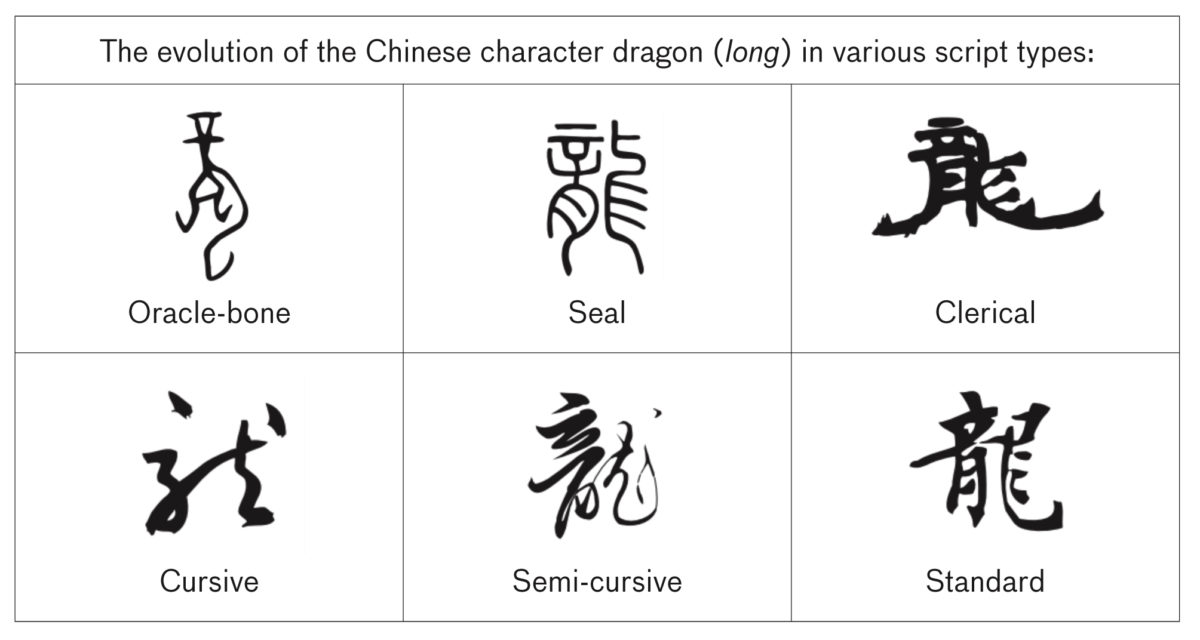
Calligraphy (artful writing) has been considered the ultimate art form by the Chinese educated elite since at least the Han dynasty (206 BCE–220 CE). In later dynasties, candidates at the civil service examinations were graded on their calligraphic skills as well as their responses to the questions. A calligrapher was expected to demonstrate strength of personality through the use of brush and ink.
Though there is no denying that content is important, Chinese calligraphy can be enjoyed for its visual artistry. A full appreciation requires an understanding of the various styles and their traditions, the basic principles of stroke order and placement, and the philosophy that makes this the most respected of the fine arts in China. Calligraphy is in fact a dance in which the artist has three partners: the brush, the paper (or silk), and the ink. The rhythm and flow for the dance are controlled through character size, contrast between light and dark, and speed of application of the line. In the more formal scripts, the brush is filled often, placed with care, and moved with deliberation, resulting in uniform brush strokes. In the more spontaneous forms, the brush is filled less often and moved with speed and spontaneity. A series of characters in these styles can go from dark and wet ink when the brush is freshly filled, to light and dry when the brush is nearly empty. These characters can also vary greatly in size. Even in the most cursive scripts, the accomplished calligrapher establishes rhythm, flow, and balance in what appears to be a completely spontaneous work.
Scripts and Styles
Five basic scripts are regularly used in Chinese calligraphy; three are formal and two are informal. These might be compared to modern Western handwriting, in which there are two basic scripts: printing (formal) and cursive (informal).
Style must be distinguished from script. Again in Western terms, each individual has his or her own style, whether he or she is painting or writing in cursive.
Formal Scripts
-
Seal script (zhuanshu or “simplified picture script”) developed directly from China’s most ancient forms of writing.
-
Clerical script (lishu) is an archaic script.
-
Standard script (kaishu or “good model script” ) can be compared to Western printing.
Informal Scripts
-
Semicursive script (xingshu or “running script”) can be compared to Western longhand.
-
Cursive script (caoshu or grass script”) is the most abbreviated and spontaneous.

